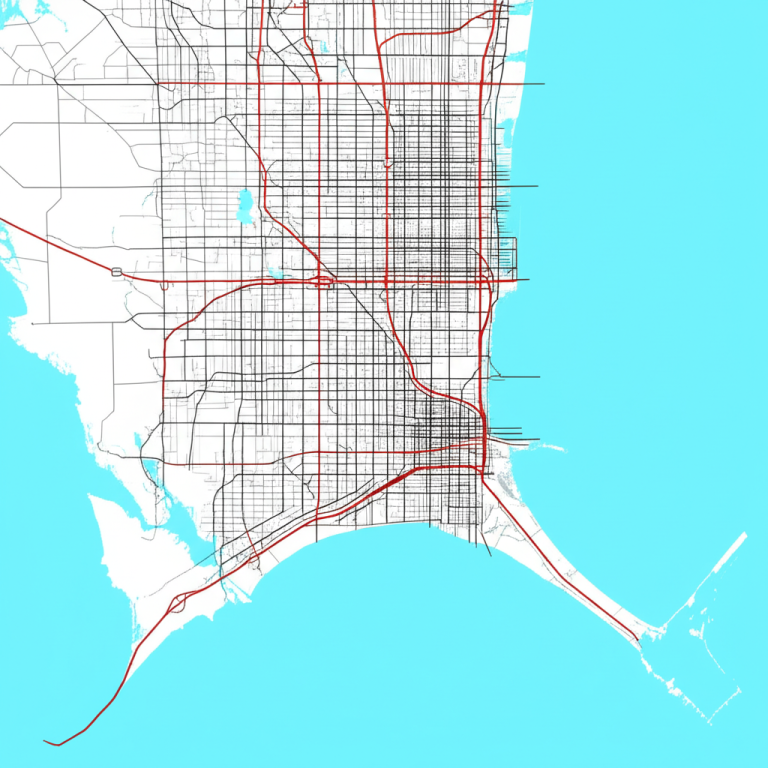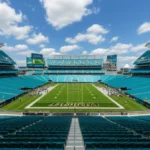Support our educational content for free when you purchase through links on our site. Learn more
What is the Largest City in the United States by Land Area? Discover the Surprising Truth! 🌎 [2024]
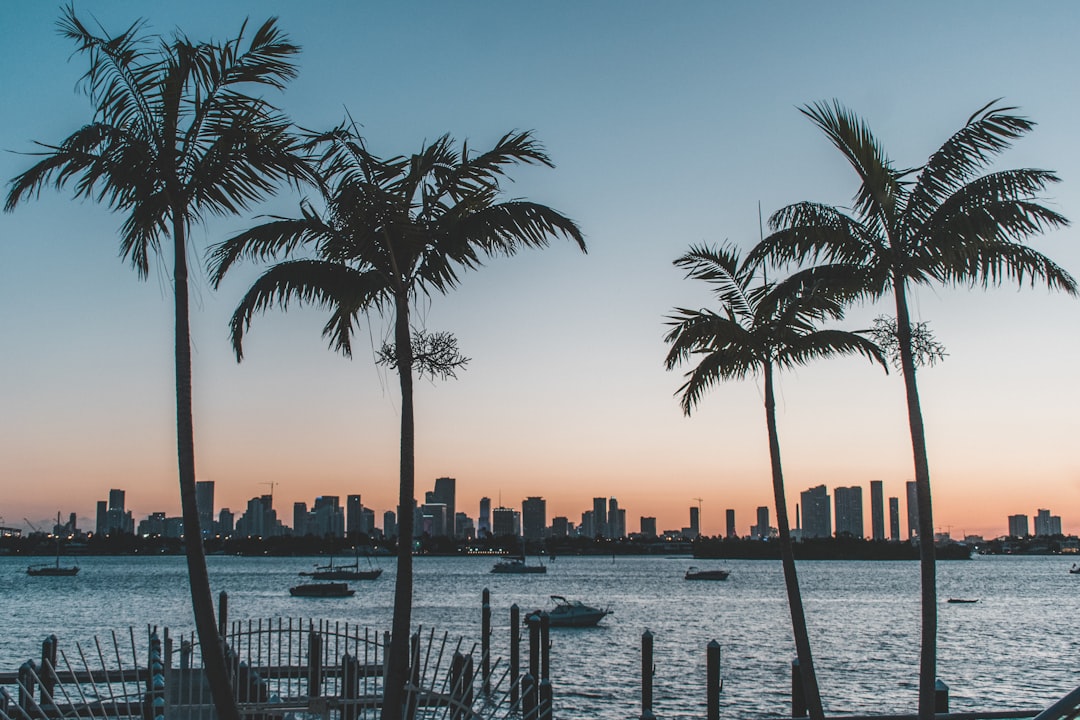
Have you ever wondered which U.S. city sprawls the most across the map? You might think of bustling metropolises like New York or Los Angeles, but hold onto your hats! The title of the largest city by land area belongs to a city that might just surprise you. In this article, we’ll dive into the vast landscapes that define these urban giants, with Jacksonville, Florida taking the crown in the contiguous U.S. But wait—there’s more! We’ll also explore other contenders, including some stunning Alaskan cities that boast even larger expanses.
Imagine standing in a city that covers 840 square miles—that’s more than four times the size of Manhattan! As we navigate through this fascinating topic, we’ll uncover the unique characteristics and challenges of these sprawling cities. Ready to explore? Let’s get started!
Key Takeaways
- Jacksonville, Florida is the largest city in the contiguous U.S. by land area at 840 square miles.
- Sitka, Alaska holds the title for the largest city overall, covering an astonishing 2,870 square miles.
- Other large cities include Juneau, Anchorage, and Houston, each with unique cultural and geographical features.
- The challenges of managing such vast areas include infrastructure, transportation, and environmental impacts.
- Exploring these cities offers a glimpse into diverse ecosystems and rich histories.
If you’re looking to discover more about these incredible cities, consider picking up a local guidebook or exploring outdoor adventure gear. 👉 CHECK PRICE on:
Dive into the full article for an in-depth look at the largest cities in the U.S. and what makes them so special!
Table of Contents
- Quick Tips and Facts
- What Makes a City the Largest by Land Area?
- The Titleholder: Jacksonville, Florida
- Comparative Analysis of Other Large U.S. Cities
- Geographical Features and Urban Planning
- Cultural Significance of Large Cities
- Outdoor Activities in the Largest U.S. Cities
- Tips for Exploring Jacksonville and Other Large Cities
- Featured Stories from Jacksonville
- Most Read Articles on City Sizes
- Conclusion
- Recommended Links
- FAQ
- Reference Links
Quick Tips and Facts
Welcome to the land of the giants! 🏙️ Ever wondered what makes a city the largest in the United States by land area? Spoiler alert: it’s not New York City! Here are some quick bites to get you started:
- Largest City in the Contiguous U.S.: Jacksonville, Florida, with a whopping 840 square miles. That’s about four times the size of Manhattan! Explore more about Jacksonville’s geography.
- Overall Largest in the U.S.: Sitka, Alaska, takes the cake with a staggering 2,870 square miles. Imagine that!
- Why Size Matters: Larger cities often offer more diverse ecosystems, from urban jungles to sprawling parks. They also present unique challenges in infrastructure and community planning.
- Fun Fact: Some of these vast cities, like Anchorage, Alaska, have more wildlife than people. Bears, anyone? 🐻
Ready to dive deeper? Let’s explore what makes these cities tick!
What Makes a City the Largest by Land Area?
The concept of “largest” can be as slippery as a bar of soap. Is it about population, or perhaps the sheer expanse of land? For our purposes, we’re talking land area, which can be a bit of a head-scratcher. Here’s the scoop:
Defining Land Area
- Land vs. Water: Some cities boast large areas due to water bodies within their boundaries. We’re focusing on land area here.
- Municipal Boundaries: These can extend far beyond the urban core, encompassing rural areas, forests, and even mountains.
Why It Matters
- Infrastructure Challenges: Larger areas require more extensive infrastructure, from roads to utilities, which can be costly and complex to maintain.
- Diverse Environments: These cities often include a mix of urban, suburban, and rural areas, offering diverse living environments.
For more about how Jacksonville fits into this picture, check out our Jacksonville Geography section.
The Titleholder: Jacksonville, Florida
Jacksonville is not just a city; it’s a sprawling metropolis that covers more than 840 square miles. But what makes Jacksonville so special besides its size? Let’s find out!
A Bit of History
- Founded in 1822: Named for President Andrew Jackson, Jacksonville has grown from a small settlement to a bustling city.
- Consolidation in 1968: Jacksonville’s consolidation with Duval County significantly expanded its boundaries, making it the largest city by area in the contiguous U.S.
Urban Planning and Parks
- Urban Park System: Jacksonville boasts the largest urban park system in the nation, offering 80,000 acres of parks and national forest land. Perfect for nature lovers! 🌿
- Infrastructure: The city’s infrastructure supports a diverse population and a wide range of industries, from banking to tourism.
For more fascinating insights, visit our Jacksonville History section.
Comparative Analysis of Other Large U.S. Cities
Let’s take a whirlwind tour of other contenders in the “biggest city” race. Each has its own unique flavor and story.
Anchorage, Alaska
- Land Area: 1,705 square miles
- Highlights: Known for its stunning natural surroundings, including six mountain ranges and Denali, the highest peak in the U.S.
- Cultural Note: Anchorage was founded in 1914 as the headquarters of the Alaska Railroad.
Wrangell, Alaska
- Land Area: 2,546 square miles
- Highlights: A gateway for fishing and hiking adventures in the Tongass National Forest.
- Cultural Note: Home to Tlingit cultural sites like Chief Shakes Island.
Juneau, Alaska
- Land Area: 2,702 square miles
- Highlights: Known for its thriving arts scene and proximity to the Mendenhall Glacier.
- Cultural Note: Established in 1880 after a gold discovery.
Sitka, Alaska
- Land Area: 2,870 square miles
- Highlights: Offers wildlife viewing and kayaking excursions.
- Cultural Note: Blends Tlingit heritage and Russian history.
Houston, Texas
- Land Area: 665 square miles
- Highlights: Known for its cultural diversity and the Houston Livestock Show and Rodeo.
- Cultural Note: Founded in 1836 and known as “the City With No Limits.”
Oklahoma City, Oklahoma
- Land Area: 607 square miles
- Highlights: Known for its equine events and as “the Modern Frontier.”
- Cultural Note: Founded during the Oklahoma Land Run of 1889.
Butte, Montana
- Land Area: 717 square miles
- Highlights: Known for its rich mining history and landmarks like the World Museum of Mining.
- Cultural Note: Once called “the Richest Hill on Earth.”
Anaconda, Montana
- Land Area: 736 square miles
- Highlights: Attracts outdoor adventurers to the Anaconda-Pintler Wilderness.
- Cultural Note: Founded in 1883 after massive copper deposits were discovered.
For a deeper dive into these cities, consider checking out Largest US Cities By Area.
Geographical Features and Urban Planning
Diverse Landscapes
- Urban vs. Rural: Many of these large cities encompass both urban centers and rural landscapes, offering a unique blend of city life and nature.
- Challenges: Managing such diverse environments requires careful urban planning to balance development with conservation.
Infrastructure
- Transportation: Extensive road networks and public transit systems are essential to connect sprawling areas.
- Utilities: Providing water, electricity, and other utilities across vast distances can be a logistical challenge.
Cultural Significance of Large Cities
Historical Context
- Rich Histories: Many of these cities have deep historical roots, from indigenous cultures to colonial influences.
- Cultural Hubs: They often serve as cultural hubs, hosting festivals, museums, and other cultural institutions.
Modern Day
- Diversity: These cities are melting pots of cultures, offering diverse culinary experiences, arts, and entertainment.
- Economic Impact: They play significant roles in their states’ economies, often being centers of industry and commerce.
Outdoor Activities in the Largest U.S. Cities
Jacksonville’s Natural Beauty
- Parks and Trails: With its extensive park system, Jacksonville offers endless opportunities for hiking, biking, and picnicking.
- Water Activities: Enjoy kayaking, fishing, and boating along the St. Johns River and Atlantic coastline.
Adventures in Alaska
- Wildlife Viewing: Cities like Anchorage and Sitka are perfect for spotting bears, moose, and eagles.
- Hiking and Kayaking: Explore the rugged landscapes and waterways for unforgettable outdoor adventures.
Tips for Exploring Jacksonville and Other Large Cities
Planning Your Visit
- Research: Before visiting, check out local guides and blogs for insider tips. Jacksonville Facts is a great resource!
- Transportation: Consider renting a car or using public transit to explore these vast areas efficiently.
Local Insights
- Talk to Locals: They can offer the best recommendations for dining, attractions, and hidden gems.
- Stay Flexible: With so much to see, keep your itinerary flexible to make the most of your visit.
For more tips, visit Jacksonville Education for educational insights and Jacksonville Demographics for a deeper understanding of the local population.
Featured Stories from Jacksonville
Local Legends
- The Story of Jacksonville’s Founding: Discover how a small settlement grew into the largest city in the contiguous U.S.
- Community Heroes: Meet the locals who make Jacksonville a vibrant and welcoming place.
Events and Festivals
- Jacksonville Jazz Festival: One of the largest free jazz festivals in the country, drawing music lovers from all over.
- World of Nations Celebration: Experience the diverse cultures that call Jacksonville home.
For more stories, explore our Jacksonville History section.
Most Read Articles on City Sizes
- Is Jacksonville the Biggest City Land-wise? Find out here.
- Exploring the Largest U.S. Cities by Area: A deep dive into what makes these cities tick.
Stay tuned for more engaging reads and insights!
Conclusion
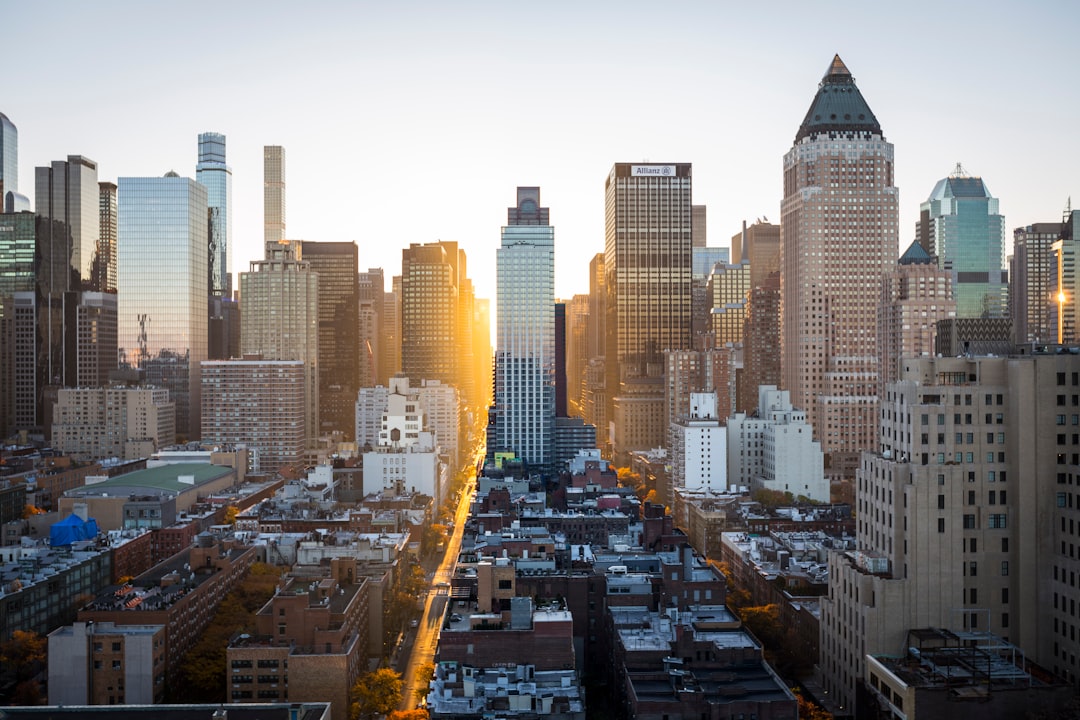
In summary, when it comes to the largest city in the United States by land area, Jacksonville, Florida takes the crown in the contiguous U.S. with its expansive 840 square miles. However, if you include all cities, Sitka, Alaska reigns supreme with an astonishing 2,870 square miles. Each city has its unique charm, challenges, and cultural significance, making them fascinating places to explore.
Positives:
- Jacksonville offers a vast urban park system, rich history, and diverse outdoor activities that cater to nature lovers and city dwellers alike.
- Alaskan cities like Sitka and Juneau provide breathtaking landscapes and a strong connection to indigenous cultures and history.
Negatives:
- Managing such large areas can lead to infrastructure challenges, especially in terms of transportation and utilities.
- Some cities may have limited access to certain amenities due to their size and rural areas.
Ultimately, if you’re looking for a city that combines size with recreational opportunities, Jacksonville is a fantastic choice. So, pack your bags and get ready to explore the largest city in the contiguous U.S.!
Recommended Links
- Explore Jacksonville Guidebook: Buy on Amazon
- The History of Jacksonville: Buy on Amazon
- Outdoor Adventures in Florida: Buy on Amazon
FAQ
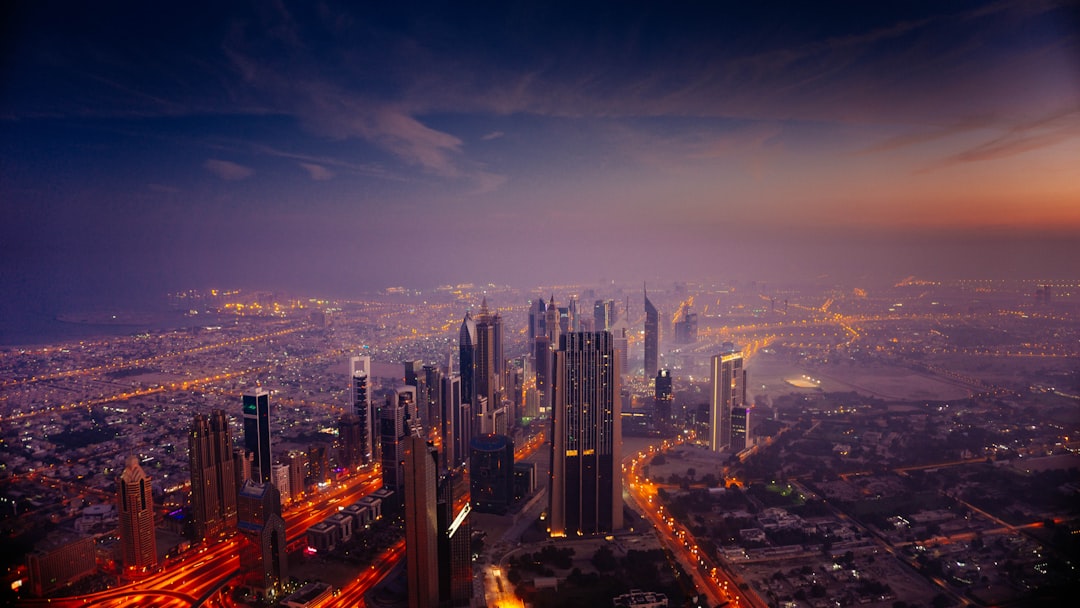
What is the largest city in America land wise?
The largest city in America by land area is Sitka, Alaska, covering approximately 2,870 square miles. When considering only the contiguous United States, Jacksonville, Florida is the largest at 840 square miles. These measurements include both urban and rural areas, making them unique in their geographic footprints.
Read more about “What is Jacksonville Famous For? Discover 47 Unforgettable Gems in 2024! 🌟”
What is the largest city in the contiguous 48 states?
The largest city in the contiguous 48 states is Jacksonville, Florida, with a land area of 840 square miles. This city encompasses a diverse range of environments, from urban landscapes to expansive parks and waterways, making it a unique destination in the U.S.
What are the 10 largest cities in the United States?
The ten largest cities in the United States by land area are:
- Sitka, Alaska – 2,870 square miles
- Juneau, Alaska – 2,702 square miles
- Wrangell, Alaska – 2,546 square miles
- Anchorage, Alaska – 1,705 square miles
- Jacksonville, Florida – 840 square miles
- Anaconda, Montana – 736 square miles
- Butte, Montana – 717 square miles
- Houston, Texas – 665 square miles
- Oklahoma City, Oklahoma – 607 square miles
- Phoenix, Arizona – 517 square miles
Is Jacksonville the largest city in the US?
Yes, Jacksonville, Florida, is the largest city by area in the contiguous United States. It covers 840 square miles, making it larger than any other city in the lower 48 states. However, when considering all U.S. cities, Sitka, Alaska, surpasses it significantly.
Read more about “Is Jacksonville the largest city in the US?”



